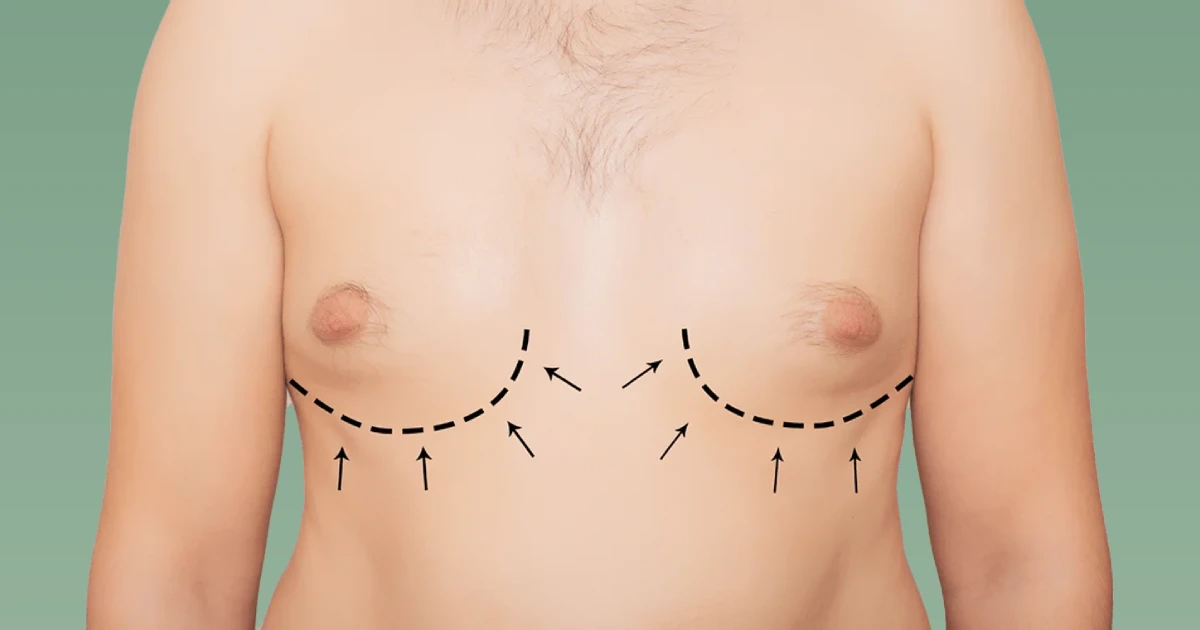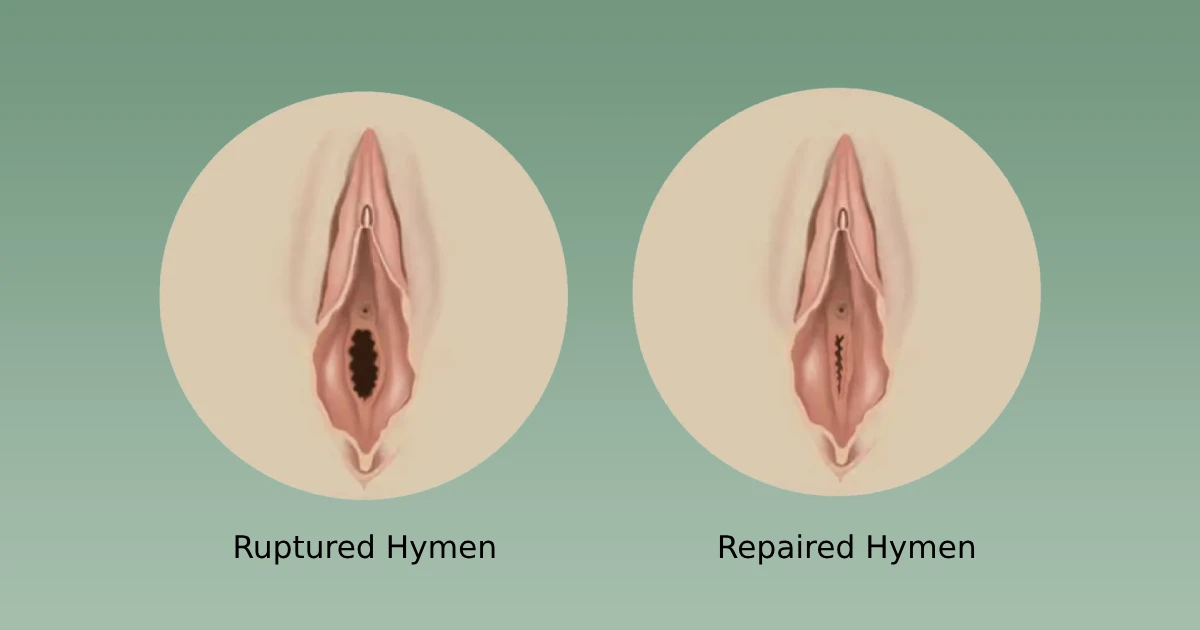
Gynecomastia Surgery
Gynecomastia Surgery procedure reduces the size of breasts in males by flattening and improving the contours of the chest.
In cases of severe gynecomastia the excess weight of breast tissue could cause the breasts to shrink in a stretch of the Isola (the dark skin around the Nipple). In these cases, the location as well as the size may be corrected surgically, and excess skin can be reduced.
Gynecomastia-related surgery that corrects gyne-coma is technically referred to as reduction mammaplasty.
What exactly is Gynecomastia surgery?
Gynecomastia surgery refers to breast reduction procedure for transgender men and others who are assigned male when they were born (AMAB).
Gynecomastia is an illness characterized with "excess" breast tissue in AMAB people, which can cause the appearance or the presence of a larger chest as explained by Jonathan Kaplan, MD, MPH, a plastic surgeon at Pacific Heights Plastic Surgery in San Francisco.
Plastic surgeons can make an attractive chest that has an enhanced pectoral shape by eliminating the breast tissue, fat and skin.
The procedure is performed on both chests typically in one procedure.
What is Gynecomastia?
Gynecomastia refers to the breasts becoming enlarged or overdeveloped in men. It can develop at any time. It could be caused by the hormonal effects, genetics or obesity as well as the usage of specific medications.
Gynecomastia may cause emotional distress and reduce confidence in yourself. Men may avoid certain activities or intimacy just to hide their condition.
Gynecomastia is defined by:
- Localized excess fat
- Excess glandular tissue development
- Sometimes, breast skin is a bit too thick.
- It can be present unilaterally (one breast) or bilaterally (both breasts)
Gynecomastia is the cause.
Gynecomastia refers to breasts that are enlarged in males. Although male breasts that are large are often passed down through the generations, gynecomastia is usually a result from hormonal imbalances caused by an endocrine disorder, or drugs such as testosterone replacement therapy anabolic steroids that cause weight loss or weight increase.
Good Candidates for Gynecomastia Surgery
You could be a candidate for gyno-surgery in the event that you have large or swollen women's breasts which can cause embarrassment and discomfort and hinder you from engaging in activities, or impact your mental wellbeing. The candidates for gyno surgeries are those with conditions that cannot be treated with medications or cutting down on certain medication. It is also essential to be in good health and not suffer from any illness or condition that might increase your risk of complications. It is crucial that your body weight must be in a healthy range to optimize your results and avoid complications with healing following surgery.
What are the advantages of surgery?
The chest should have more masculine appearance and both sides should appear like each other.
Are there other alternatives for surgery?
If the problem is still in its beginning stage, you might be able to get a prescription to prevent the expansion.
If you're overweight and your male gynaecomastia due to fat tissues, losing the weight could result in a decrease in the Gynaecomastia.
What is the procedure?
The procedure is typically done under general anaesthetic however several anaesthetic techniques can be used.
The treatment typically lasts 30 to 60 minutes to one hour depending on the side which has being treated.
If you only have an insignificant amount of fat and a healthy skin elasticity, your procedure could be limited to liposuction. Your surgeon will employ the cannula (thin hollow tube) connected to a suction device in order to take out the fat via tiny cuts.
They'll make one or two cuts along the crease on the outside or inside part of the chest.
Your surgeon will guide the cannula in the tissue. Your surgeon will maneuver the cannula in different directions to remove the tissue as evenly as is possible.
In the case of gynaecomastia that is severe, meaning there is a significant amount of extra skin There are a variety of alternatives. Your surgeon will talk with you about what they think is the best choice for you.
Transmasculine and transmen individuals have gynecomastia surgeries instead of the top surgical procedure?
The quick answer is usually there isn't.
Typically, transmen and transmasculine individuals who have had puberty as the sex they were given at birth -- forming breasts and menstrual cycles -aren't candidates for what's known as the gynecomastia procedure.
According to the definition, gynecomastia surgery is a method of treating the gynecomastia of males at birth.
However, trans males and transmasculine people who began testosterone therapy or blocking puberty or both prior to experiencing "female puberty" but still having excess breast tissue, could be a good candidate. (This occurrence is uncommon, but it's possible).
Transmasculine and transmen who fall into the latter category are able to have the option of removing the excess chest and breast tissue.
The primary distinction between the top surgical procedure and gynecomastia surgery lies in their namesThe procedures themselves are almost identical.
Top-of-the-line techniques for top surgery include:
- Buttonhole
- Double-incision
- Periareolar
- Inverted-T
- Keyhole
- A small scar
Gynecomastia Surgery Cost
Gynecomastia surgery can get covered under your insurance in some instances of excess breast tissue and skin. But, insurance will not pay for procedures that are performed solely for cosmetic reasons. If your gynecomastias is less severe it might not be an eligible benefit. After a thorough discussion regarding our plastic surgery you will be able to meet with our financial advisor. They'll provide you with an estimate of the price to help you decide whether this is the best option for you.
Frequently Ask Questions
Treatment Types

Rhinoplasty
Enhance your natural beauty with rhinoplasty, the transformative procedure that refines and reshapes your nose. Achieve symmetry and confidence with personalized solutions tailored to your unique features. Schedule your consultation today and discover the perfect harmony of aesthetics and self-assurance. Unlock your true radiance now!
Cat Eye Surgery
Transform your gaze with canthoplasty, also known as cat eye surgery. Say farewell to droopy eyelids and hello to captivating, almond-shaped eyes. Our skilled surgeons tailor each procedure to your unique features, ensuring a natural and alluring result. Schedule a consultation today and unveil the mesmerizing eyes you've always desired.
Face Lift
Rediscover youthful radiance with a facelift. Bid farewell to sagging skin and wrinkles, welcoming a revitalized, more youthful appearance. Our experienced surgeons tailor each procedure to your individual needs, ensuring natural-looking results that enhance your unique beauty. Schedule a consultation today and embark on a journey to a fresher, more confident you.
Otoplasty
Reclaim your confidence with otoplasty, a transformative procedure that reshapes and repositions protruding ears. Say goodbye to self-consciousness and hello to newfound confidence with ears that harmonize seamlessly with your facial features. Our skilled surgeons provide personalized solutions for natural-looking results. Schedule a consultation today and embrace the freedom to express yourself with confidence.
Forehead Lift
Elevate your confidence with a forehead lift. Bid farewell to furrowed brows and sagging skin, welcoming a rejuvenated, youthful appearance. Our expert surgeons tailor each procedure to your unique facial anatomy, ensuring natural-looking results. Schedule a consultation on Izmir Clinic today and unlock the potential for a smoother, more vibrant forehead that reflects your inner vitality.
Neck Lift
Reveal a youthful neckline with a neck lift. Say goodbye to sagging skin and hello to a rejuvenated, defined jawline. Our skilled surgeons customize each procedure to your individual needs, ensuring natural-looking results that restore confidence. Schedule a consultation with Izmir Clinic specialists today and rediscover a firmer, more youthful neck contour that enhances your overall appearance.
Lip Reduction
Refine your smile with lip reduction surgery. Bid farewell to overly prominent lips and welcome a balanced, harmonious facial aesthetic. Our skilled surgeons tailor each procedure to your unique features, ensuring natural-looking results that enhance your overall appearance. Schedule a consultation today and rediscover confidence in your smile's proportions.
Ethnic Rhinoplasty
Enhance your natural beauty with ethnic rhinoplasty. Say goodbye to nasal features that don't reflect your heritage, and hello to a nose that celebrates your unique ethnicity. Our expert surgeons provide personalized solutions for natural-looking results that complement your facial harmony. Embrace the beauty of your heritage with confidence.
Breast Augmentation with Implant
Transform your silhouette with breast augmentation using implants. Bid farewell to proportions that don't align with your desires and hello to curves that enhance your confidence. Our experienced surgeons customize each procedure to your unique goals, ensuring natural-looking results that harmonize with your body.
Breast Lift
Elevate your confidence with a breast lift. Say goodbye to sagging breasts and hello to a rejuvenated, youthful contour. Our skilled surgeons tailor each procedure to your individual needs, ensuring natural-looking results that enhance your silhouette. Schedule a consultation today and rediscover the beautiful breasts that reflect your inner vitality.
Breast Reduction
Experience relief and confidence with breast reduction surgery. Bid farewell to discomfort and self-consciousness, welcoming a proportionate, balanced silhouette. Our compassionate surgeons tailor each procedure to your unique needs, ensuring natural-looking results that enhance both physical and emotional well-being. Schedule your consultation now with Izmir Clinic.
Mommy Makeover
Rediscover your confidence with a mommy makeover. Say goodbye to post-pregnancy changes and hello to a rejuvenated, vibrant appearance. Our comprehensive approach combines procedures like breast enhancement, tummy tuck, and more to restore your pre-baby body. Schedule a consultation today and reclaim your confidence with a personalized transformation.
Mini Tummy Tuck
Achieve a sculpted abdomen with a mini tummy tuck. Say goodbye to stubborn lower belly bulges and hello to a tighter, toned midsection. Our expert surgeons tailor each procedure to your unique needs, ensuring natural-looking results with minimal scarring. Schedule a consultation on Izmir Clinic today and discover the transformative power of a mini tummy tuck.
Butt Implant
Enhance your curves with butt implant surgery. Bid farewell to proportions that don't align with your desires and hello to a fuller, more shapely derrière. Our experienced surgeons tailor each procedure to your unique goals, ensuring natural-looking results that boost your confidence. Schedule a consultation today and embark on a journey to a more voluptuous you.
Liposuction in Turkey
Refine your silhouette with abdominal liposuction. Say goodbye to stubborn fat deposits and hello to a slimmer, more contoured midsection. Our skilled surgeons use advanced techniques to sculpt your abdomen, ensuring natural-looking results with minimal downtime. Schedule a consultation today and achieve the toned stomach you've always desired.
Hymenoplasty Surgery
Restore confidence with hymenoplasty surgery. Bid farewell to worries and embrace a renewed sense of femininity and privacy. Our skilled surgeons perform this delicate procedure with care, ensuring natural-looking results and discretion. Schedule a consultation today and embark on a journey to reclaiming your confidence and comfort.
Labioplasty Surgery
Rediscover comfort and confidence with labiaplasty surgery. Bid farewell to discomfort and embrace a more balanced, aesthetically pleasing appearance. Our skilled surgeons perform this procedure with sensitivity and precision, ensuring natural-looking results tailored to your needs. Schedule a consultation today and embrace the freedom to feel confident in your own skin.
Vaginal Tightening Surgery
Enhance intimacy and confidence with vaginal tightening surgery. Bid farewell to discomfort and hello to restored tightness and sensation. Our skilled surgeons perform this procedure with care, ensuring natural-looking results and improved comfort. Schedule a consultation today and embrace the empowerment of a rejuvenated intimate experience.
Penis Enlargement Surgery
Enhance confidence and satisfaction with penis enlargement surgery. Bid farewell to concerns and embrace a more proportionate and satisfying size. Our skilled surgeons perform this procedure with sensitivity and precision, ensuring natural-looking results and improved self-esteem. Schedule a consultation today and embrace the potential for a more confident and fulfilling intimate life.
Gynecomastia Surgery
Reclaim your confidence with gynecomastia surgery. Bid farewell to excess breast tissue and embrace a more masculine, sculpted chest. Our skilled surgeons perform this procedure with precision, ensuring natural-looking results tailored to your physique. Schedule a consultation today and regain confidence in your appearance with gynecomastia surgery.


